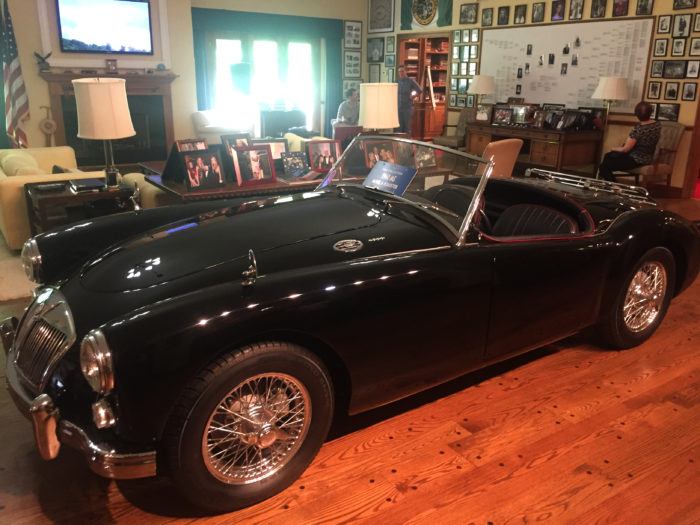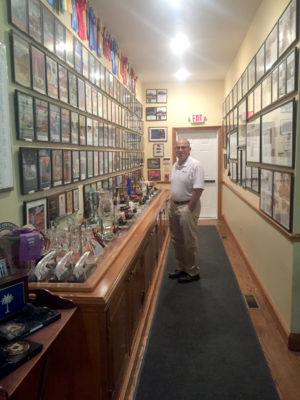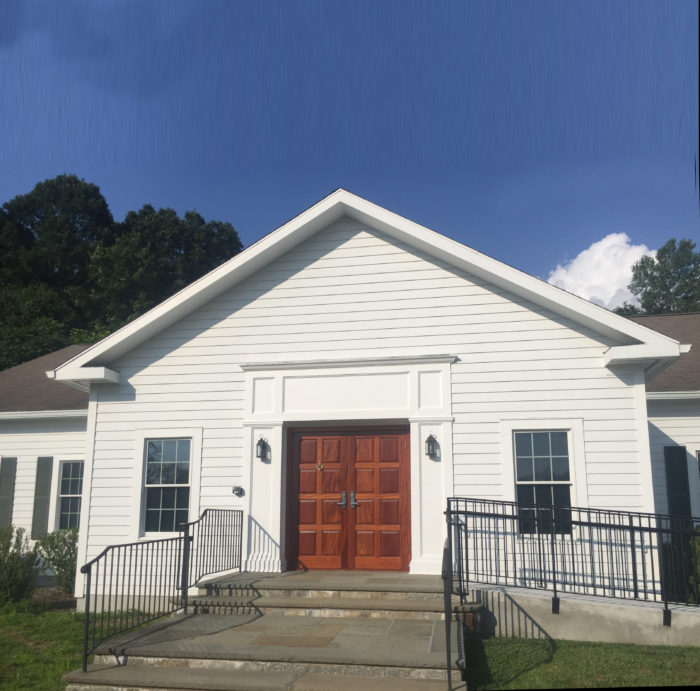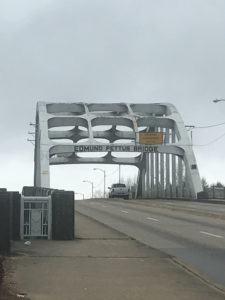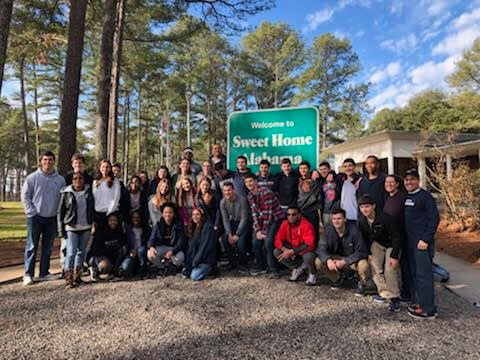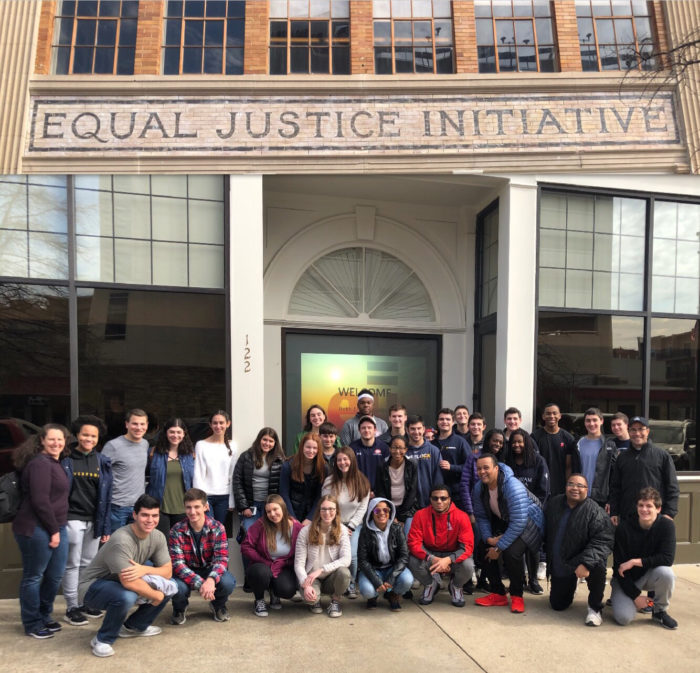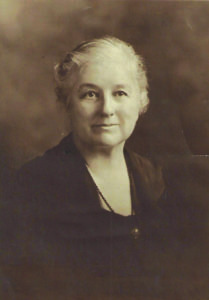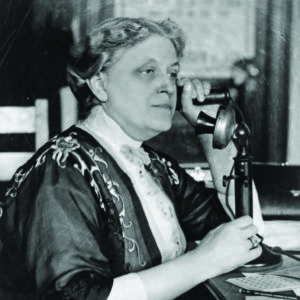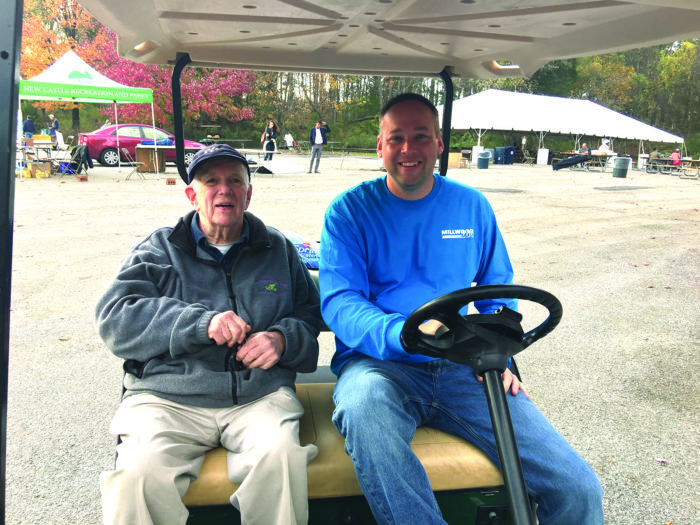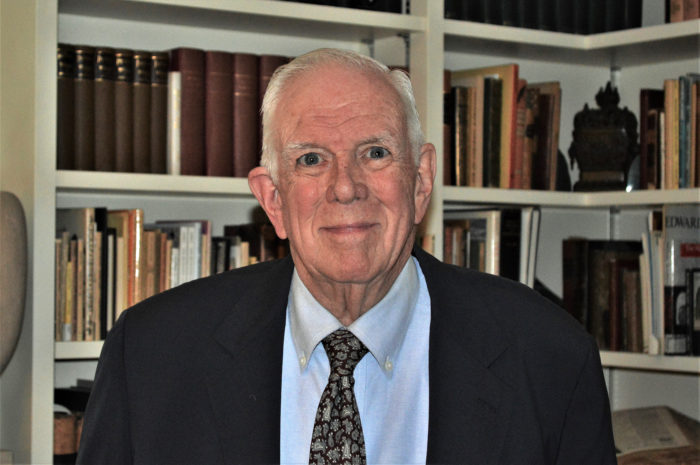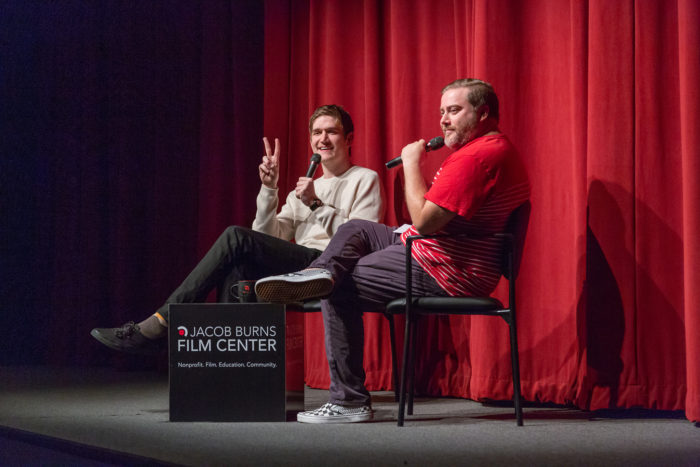
PHOTO BY ED CODY
Creating A Local & Cultural Mecca for Film Lovers of All Ages
Back in the day when I lived in the city and was child-free, I had plenty of options to see independent or foreign films. I could traipse downtown to the Angelika Film Center to catch the latest Merchant Ivory film or head crosstown to Lincoln Plaza Cinemas to immerse myself in the latest Pedro Almodovar release. There were a few other art houses and independent movie theaters that I could go to but the Angelika and Lincoln Plaza still stand out vividly in my mind.
Fast forward to a decade later and as a suburban mom with kids, I am lucky enough to live mere miles from the Jacob Burns Film Center (JBFC), a five-screen cinema offering a full range of programming from films, events, community screenings, visiting artists and special guests. I like to think of it as an art house theater with 92 Street Y caliber lectures and classes all rolled into one. And although I don’t get to go there as often as I like, I have been known to sneak in an early movie while the kids are in school or plan a date night to catch an indie film with my husband. I’ve even taken my kids to Family Saturdays at the Media Arts Lab just a stone’s throw away where they’ve made amazing hands-on projects.
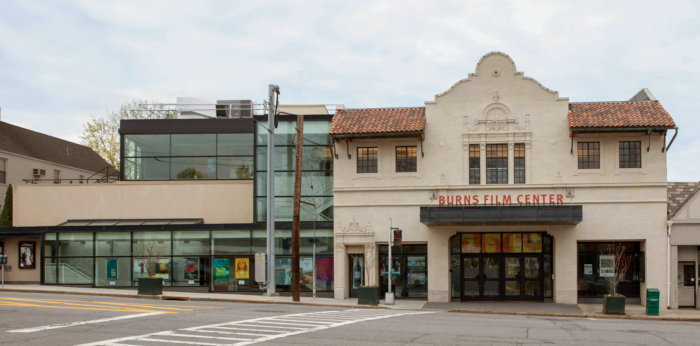
Programming Reigns Supreme
“The breadth of programming is what makes us so unique,” explains Andrew Jupin, a Senior Programmer at the JBFC who started working there in 2006 as a projectionist. The movie theater landscape has changed significantly in Westchester in recent years with the Saw Mill Multiplex in Hawthorne shutting down and an anticipated closing of the Greenburgh Multiplex in Elmsford later this year. In addition, new players such as ultra-luxe iPic in Dobbs Ferry and a recently renovated Bedford Playhouse have been attracting moviegoers.
But Jupin argues that seeing movies at these places is an “anonymous experience.” And he’s right. It is not uncommon to see people milling about in the JBFC lobby post-screening discussing a film they just saw. As a programmer, Jupin also works on planning director Q & As and curating films that engage moviegoers throughout Westchester. Each year more than 200,000 people visit the JBFC to see more than 400 films from over 40 countries. Since it opened in 2001, three million people have walked through the doors of this Spanish mission-style theater to see cutting-edge cinema.
Carefully Curated Series
One of Jupin’s responsibilities is programming an ongoing series called Retro Revival sponsored by Wine Enthusiast. It is now in its third year and Jupin is passionate about selecting the films that become part of the series. We discuss a recent showing of I Am Cuba and Jupin’s excitement about the movie which he dubs a “lost treasure” is palatable. “This movie from the former USSR was virtually unseen here.” Martin Scorcese and Francis Ford Coppola were champions of the film and Milestone Films had to fight legal battles to get it shown here.” Jupin loves introducing something like this to an audience. “They [the moviegoers] trust us and our selections.” Jupin likes to choose tried and true classics like It’s a Wonderful Life to offerings that are for “adventurous hardcore cinephiles.”
And Jupin is well-qualified to make those selections. He’s an adjunct professor at the School of Film and Media Studies at Purchase College and also teaches at Westchester Community College. In his spare time, he also hosts a popular weekly podcast called We Hate Movies with several friends where they discuss terrible movies. He’s seen hundreds of “trashy films” and likes the dichotomy of working at JBFC where he gets to “bring worthwhile films to an audience.”
Jupin laments that sell out crowds for a screening are often viewed as a barometer of success. “I’ve been to film screenings where there are ten people but those ten people are blown away and they want to see more films by that director or on a certain subject and they then tell their friends.” Jupin, along with other programmers at the theater, finds it incredibly rewarding when they can open their audience to new ideas or new films not seen in a mainstream moviehouse.
Two other ongoing series at the Burns include Global Watch: Crisis and Social Action and Remix: The Black Experience in Film, Media and Art. “The films in these series are often not the most easiest to watch,” Jupin says but they hold true to board member and curator Jonathan Demme’s vision of the JBFC “as a force for social change disguised as a movie theater.”
Thought-Provoking Q & As and Lectures
As part of his programming responsibilities, Jupin also conducts Q & As with filmmakers, actors or other movie industry veterans. This past year he particularly enjoyed meeting first time director Bo Burnham of Eighth Grade and Alex Winter, the director of the documentary film, The Panama Papers. “The Q & As were so different. Burnham was a former comedian and the discussion was funny and light-hearted. With Winter, we spoke about journalism ethics.”
An Economic Engine for 10570 and Beyond
Having worked in Pleasantville for more than a decade, Jupin loves the tight-knit community aspect of the neighborhood. The Inwood resident enjoys the restaurants, book store and small local shops nearby. The JBFC has strong relationships with several local businesses offering discounts to JBFC members through a program called Reel Partners. This past summer, the JBFC released a study The Economic Close-Up showcasing how it is a cultural magnet and economic driver in the region. As we look out the windows of the Media Arts Lab, there are several multi-unit condos being built within walking distance of the JBFC. In 2018, 80 units of transit-oriented housing were under construction in Pleasantville and six new restaurants had opened within the past year.
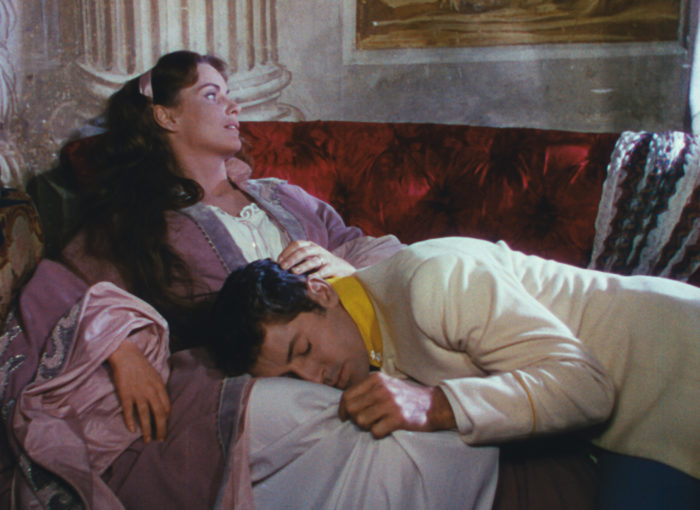
An Exciting Future
It is an exciting time for the JBFC with a recent Regional Economic Development Council initiative from Governor Cuomo providing $506,500 to the JBFC for capital improvements. The theater requires a lot of upkeep and they hope to use some of the funds for new seating and other things that will continue to make coming to the JBFC a top-notch experience. “A flat screen TV or a film being screened on Netflix still can’t compare with seeing a film on the big screen.” Throw in the fact that the JBFC is a true cultural and community hub and you’ll know why this five-screen theater continues to be one of the most successful suburban art houses in the country.
Jacob Burns Staff
 Edie Demas, Executive Director
Edie Demas, Executive Director
Edie joined the JBFC as executive director in May 2014. Previously, she worked with the Wallis Annenberg Center for the Performing Arts in Los Angeles and was Director of Education at New York’s New Victory Theater, where under her direction, its education programs were honored with the Americans for the Arts award for Arts Education. She also spent several years in Ireland, where she worked as an education officer with Graffiti Theatre Company, founded UnReel, an international film festival for young people, developed scripts for children’s film and television, and served as an Associate Artist for Education and Outreach at The Abbey Theatre. Edie holds an MA and PhD from NYU’s Program in Educational Theatre.
 Dominick Balletta, Managing Director
Dominick Balletta, Managing Director
Dominick joined the JBFC in May 2008, following seven years as General Manager of NYC’s Film Forum. Since 2011, he has served as an advisor to the DeVos Institute of Arts Management. As a producer his credits include Another Telepathic Thing and I’m Carolyn Parker, both directed by Jonathan Demme, and Moisés Kaufman’s 33 Variations, starring Jane Fonda (Tony Award nomination). He has served as a grant panelist for NEA, NYSCA, ArtsWestchester, and CEC/ArtsLink.
 Brian Ackerman, Director of Programming
Brian Ackerman, Director of Programming
Brian joined the JBFC as the Founding Programming Director in 2001, which followed several years in an advisory capacity assisting the planning and development of the theaters. He designed the programming template that presents over 400 films annually to include special events, new releases, documentary, foreign-language, retrospective films, as well as thematic series, under one roof. He has worked for over 30 years in the New York cinema arts scene–building, programming, and operating art houses. He also serves on juries at film festivals including SXSW and Full Frame.
 Judy Exton, Director of Development
Judy Exton, Director of Development
Judy joined the JBFC as Director of Development in December 2001. Prior to this, she raised money for a number of nonprofits, including New York City Ballet, Caramoor, and Boys & Girls Clubs of America. Judy holds a B.A. in Communications from The College of Wooster.
 Emily Keating, Director of Education
Emily Keating, Director of Education
Emily has overseen the JBFC education programs since their inception in 2001. She has consulted for non-profit film centers on the development of their school programs, and has presented at many national education and literacy conferences. She is an adjunct faculty member at Pace University’s School of Education.
 Sean Weiner, Director of Creative Culture
Sean Weiner, Director of Creative Culture
Sean received his M.F.A. from Hunter College in Integrated Media Arts and a B.A. in Cinema Studies from SUNY Purchase, where he is now a faculty member. At the JBFC, Sean is the director of Creative Culture, an initiative connecting emerging makers to creative careers through fellowship opportunities and residency programs.
Westchester Jewish Film Festival
Mark your calendars for one of the most popular film series featured at JBFC- the 18th Westchester Jewish Film Festival. The festival from April 2-17 features 42 entertaining, thought-provoking, and engaging film from documentaries to narratives. Plus, the festival will continue its tradition of bringing some of Israel’s fantastic television programming – 12 episodes of the hit comedy series The New Black (Shababniks) and all five episodes of the dystopian drama Autonomies.

This year for the first time, the festival will kick off with not one but two unique programs. One theater will showcase the New York premiere of award-winning Israeli filmmaker Yair Lev’s You Only Die Twice, a suspenseful documentary thriller with splashes of humor at just the right moments. At the same time, in another theater, we’ll screen the first four episodes of The New Black (Shababniks).
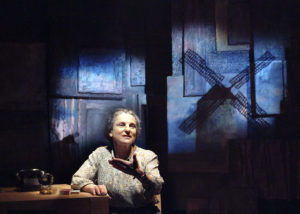
Continuing to feature stunning new films from around the world, we’re also showing Shoah: Four Sisters by the late Claude Lanzmann, which reveals stunning footage not used in his epic 1985 masterpiece Shoah. The festival centerpiece is Golda’s Balcony, the Film, a cinematic event about Golda Meir’s extraordinary life and legacy, featuring a stellar performance by Tovah Feldshuh, who will appear at a post-screening discussion on April 6.
All this, plus a very special tribute to the Carl Reiner!
“This is our most popular series and several shows sell out, so book early,” advises Jupin.
Opening Night with RECEPTION
April 2
6:30 p.m. You Only Die Twice
7:00 p.m. The New Black (Shababniks)
